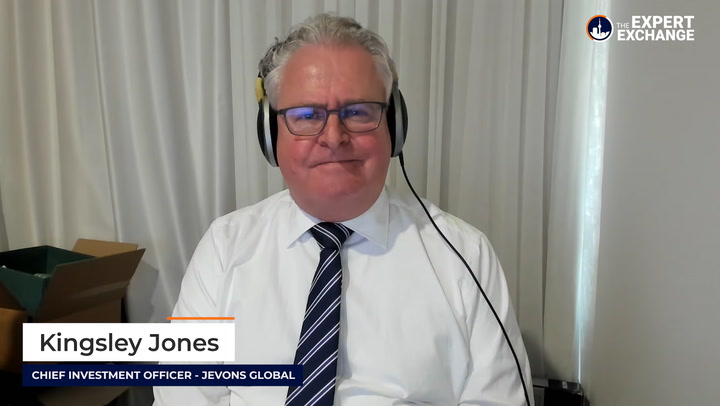- United States consumer prices rose 7.5 per cent year-on-year in January, marking the biggest annual increase in inflation in 40 years
- Americans are paying more for the likes of food, electricity, and housing as the consumer price index rises 0.6 per cent in January
- US President Joe Biden says while it is clear Americans’ budgets are being stretched, there are “also signs that we will make it through this challenge of higher prices”
- However, analysts are suggesting the startling inflation figures may cause the Fed to hike interest rates by 50 basis points in a fortnight’s time
- The general consensus is that while inflation could slow in coming months it’s likely prices will remain elevated for some time to come.
United States consumer prices rose 7.5 per cent year-on-year in January, marking the biggest annual increase in inflation in 40 years.
Americans are paying more for food, electricity, and housing as soaring prices fuel market speculation of a 50-basis-point interest rates hike from the Federal Reserve in just over a fortnight.
Inflation is well above the Fed’s 2 per cent target, with the US consumer price index up 0.6 per cent in January after a similar increase in December. Food prices rose 0.9 per cent in January.
Commenting on the startling inflation figures, US President Joe Biden said while it was clear Americans’ budgets were being stretched, there were “also signs that we will make it through this challenge of higher prices”.
While today is a reminder that Americans’ budgets are being stretched, there are also signs that we will make it through this challenge of higher prices. My Administration will continue to be all hands on deck to win this fight. https://t.co/MtWxIAkCBl
— President Biden (@POTUS) February 10, 2022
“While today’s report is elevated, forecasters continue to project inflation easing substantially by the end of 2022,” Mr Biden said in a statement.
“And fortunately we saw positive real wage growth last month, and moderation in auto prices, which have made up about a quarter of headline inflation over the last year.”
He said it was also good news that unemployment was continuing to decline after pandemic restrictions and lockdowns kept large chunks of the workforce out of a job in the past two years.
While gasoline and natural gas prices were slightly cheaper, this was offset by a 4.2 per cent rise in electricity prices.
The January inflation rise marked the fourth straight month of annual increases in excess of 6 per cent.
It’s another wake-up call for the Fed, according to Bank of America Securities in New York economist Alexander Lin, who told Reuters inflation was continuing to make its presence know everywhere.
“We believe that today’s print endorses the Fed to move more quickly, and the market will likely encourage the Fed to hike 50 basis points at the next meeting,” Mr Lin said.
However, some economists have warned that the Fed acting too dramatically in its first rates hike since the start of the pandemic could stifle economic growth. The balance between steady economic growth and manageable inflation is likely a core concern of the central bank.
This is further driven by the fact that wage gains are being wiped out by inflation: average weekly earnings adjusted for inflation fell 3.1 per cent in January 2022 compared to the year before.
According to economists at Moody’s Analytics, inflation was costing the average American household around US$250 (A$351) per month.
While analysts predict inflation could slow in coming months as supply chain disruptions begin to subside and the spread of the Omicron variant appears to have peaked, it’s likely prices will remain elevated for some time to come.








